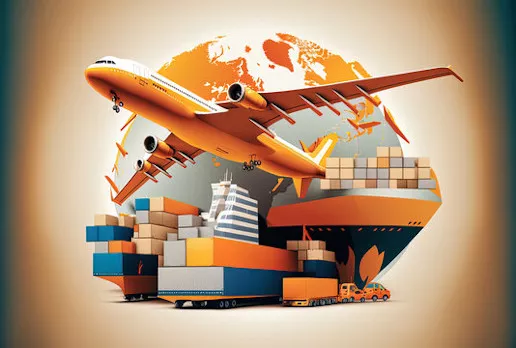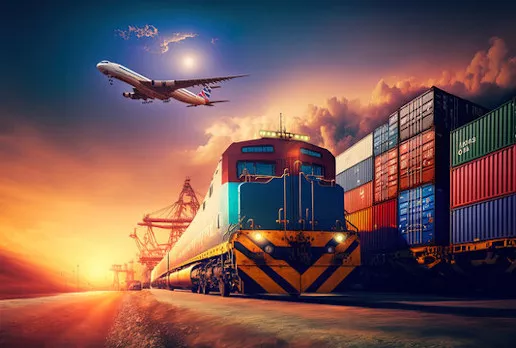GPS Tracking in the Context of Carriers in Asia
In today’s fast-paced world, delivering parcels and packages has become a vital service for businesses and individuals alike. With the rise of e-commerce and online shopping, the demand for efficient and reliable couriers has increased. However, with this demand comes the need for better tracking systems to ensure that packages can be easily followed and located during transit. This is where GPS (Global Positioning System) tracking technology comes into play.
GPS tracking has revolutionized the way carriers operate and has transformed the delivery industry in Asia. It has made the process of sending and receiving parcels more convenient, secure, and transparent. In this article, we will take a closer look at how GPS tracking is used by carriers in the Asia region, the services they provide, and how it has changed the way parcels are tracked.
What is GPS tracking?
GPS tracking is a system that uses satellites to determine the precise location of an object, person, or vehicle in real-time. It was originally developed for military use but has since been made available for civilian use. This technology makes use of a network of satellites orbiting the earth to send and receive signals, providing highly accurate and instantaneous location data.
GPS tracking for carriers
Carriers in the Asia region have been quick to adopt GPS tracking technology to improve their operations and provide better services to their customers. With GPS tracking, carriers can closely monitor their vehicles and packages, ensuring timely and secure deliveries. This has also helped streamline the delivery process, making it more efficient and cost-effective.
Types of GPS tracking services provided by carriers
A number of GPS tracking services are offered by carriers in Asia. Let’s take a look at some of them:
1. Real-time tracking: This service allows customers to track their packages in real-time, providing them with accurate information on the current location of their parcel. Customers can access this information through a tracking number provided by the carrier or by using a tracking application on their devices.
2. Geofencing: This service uses GPS technology to create virtual boundaries or geofences around specific locations. This allows carriers to set up alerts when their vehicles enter or leave these boundaries. This service is particularly useful for high-value or time-sensitive deliveries.
3. Temperature monitoring: In some industries, such as the cold chain logistics, it is important to monitor the temperature of sensitive products during transit. With GPS tracking, carriers can install sensors in their vehicles to monitor the temperature and ensure that the products are delivered in optimal conditions.
4. Proof of delivery: This service uses GPS tracking to provide proof of delivery to customers. When a delivery is made, the time, date, and location are logged, along with the recipient’s signature, if required. This provides a level of accountability and transparency for both the carrier and the customer.
The benefits of GPS tracking for carriers
The use of GPS tracking technology has brought about a number of benefits for carriers in Asia. Here are some of them:
1. Better route planning: GPS tracking allows carriers to monitor the location and movement of their vehicles, helping them choose the most efficient route for delivery. This not only saves time but also reduces fuel costs and improves overall efficiency.
2. Increased security: With real-time tracking, carriers can closely monitor their vehicles and packages, reducing the risk of theft or loss. In the case of an emergency or a security breach, carriers can quickly pinpoint the location of their vehicles and take appropriate action.
3. Improved customer service: Providing customers with accurate and real-time tracking information has significantly improved the customer experience. Customers are now able to track their packages and have a better idea of when their delivery will arrive, reducing anxiety and increasing satisfaction.
4. Cost savings: GPS tracking has helped carriers reduce overhead costs by eliminating the need for manual tracking and reducing delivery times. This has also helped improve the bottom line for carriers and kept prices competitive for customers.
GPS tracking in Asia: The future
GPS tracking has become an integral part of the delivery industry in Asia and its use is only expected to increase in the future. With advancements in technology, carriers are continuing to explore new ways of utilizing GPS tracking to provide better services to their customers. The rise of e-commerce and the increasing demand for efficient and reliable delivery services are driving this growth.
In conclusion, GPS tracking has brought about significant improvements in the operations of carriers in the Asia region. With its ability to provide real-time tracking, increased security, and cost savings, it has become an essential tool for modern-day couriers. As technology continues to develop, we can expect to see even more innovative uses of GPS tracking that will further enhance the delivery experience for both carriers and their customers.
If you’re interested in learning more about GPS tracking for carriers, visit alltracking.com for more information. With their comprehensive tracking solutions, carriers in Asia can ensure faster, more secure, and efficient delivery of parcels.


